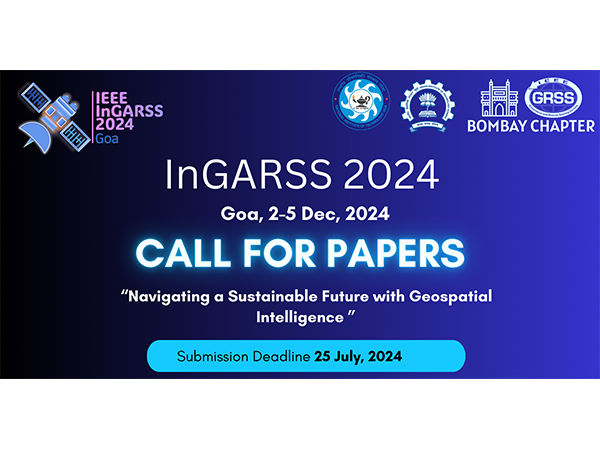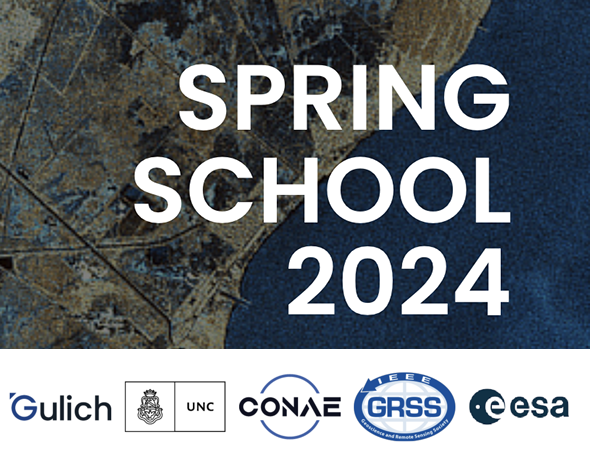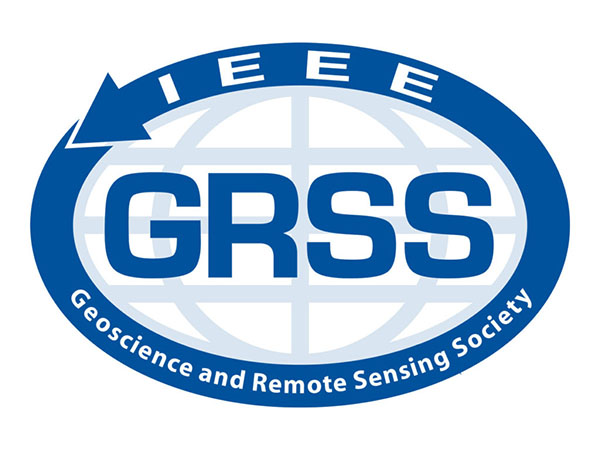A GRSL special stream – 2013
Editorship
· Marie Weiss, INRA – UMR EMMAH, France (Guest editor)
· Frédéric Jacob, IRD – UMR LISAH, France (GRSL associate editor)
Agricultural landscapes, including crops, rangelands and managed forests, are typical instances for studying global changes. Their evolution is influenced by farmer practices, regional managements and governmental incentives, while these anthropogenic forcing should be adapted in accordance to expected climate change. Prior to the design of simulation tools that support decision-making, it is necessary strengthening biophysical models devoted to vegetation functioning through parameterization, calibration and validation. This requires collecting Earth observation data in relation to the involved processes.
Remote sensing is one of the most efficient means to capture spatial variabilities of land surface characteristics at a given spatial resolution and over a given extent. A large panel of literature materials has been proposed on this topic over the last three decades. Due to technical and methodological limitations, most investigations were conducted under quite homogeneous and flat conditions, using decametric to kilometric spatial resolution sensors. Recent advances, either cognitive (e.g., observing and understanding in difficult conditions), technological (e.g., existing or forthcoming sensors), or methodological (e.g., improvements in modeling and calibration, computation capabilities and stochastic calculus), now permit to address complex canopies and terrains, in relation to processes and scales.
The IEEE Geoscience and Remote Sensing Letters (IEEE GRSL) opened a call for submission of research papers, through a Special Stream devoted to solar and thermal infrared remote sensing of biophysical variables in agricultural landscapes characterized by spatial heterogeneity. Among 23 submissions, eight papers were accepted for publication. A closing paper provides a synthesis of the results with regards to the state of the art. Table 1 summarizes the content of the papers in relation to the studied type of spatial heterogeneity, the used methodology, the spectral domain and the scientific question to be addressed. Table 2 finally provides a listing of the papers, including for each paper the authors, the title and the DOI based web link. The closing paper is in open access.
TABLE 1: OVERVIEW OF THE SPECIAL STREAM PAPER CONTENT.
| Paper | Spatial Heterogeneity | Scale | Agrosystem | Type of Scene | Radiative Transfer Modeling | Spectral Domain | Variable of Interest | Scientific Question |
| 1 | Horizontal | Field | Vineyards | 2D | Linear aggregation | TIR | LST | Directional effect on mixed pixel |
| 2 | Horizontal | Landscape | Sparse Vegetation | 2D | Linear aggregation | TIR | LST | Directional effect on mixed pixel |
| 3 | Horizontal | Field | Orchard | 2D | Linear aggregation Hybrid model | Solar | Fluorescence | Fluorescence of mixed pixel |
| 4 | Horizontal | Field | Orchard | 2D | Linear aggregation | Solar | fAPAR | Spatial information from high resolution data |
| 5 | Horizontal & Vertical | Landscape | Spruce | 3D | Ray tracing | Solar | fAPAR | Multiple scattering & spatial resolution |
| 6 | Horizontal & Vertical | Field | Corn, Forest, Orchard | 3D | Ray tracing | LIDAR | LIDAR Waveform | Multiple scattering & spatial resolution |
| 7 | Vertical | Field & Landscape | Forest | 2D | Linear aggregation | Solar | Reflectance | Understory impact on signal |
| 8 | Horizontal | Landscape | Grassland Forest | 2D | – | Solar | GPP | Ground sampling strategy |
TABLE 2: LISTING OF THE ACCEPTED PAPERS.



























